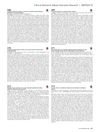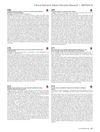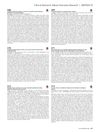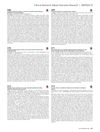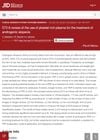Defining Chronic Wound Types in Recessive Dystrophic Epidermolysis Bullosa Patients for Clinical Outcome Assessment
April 2018
in “
Journal of Investigative Dermatology
”
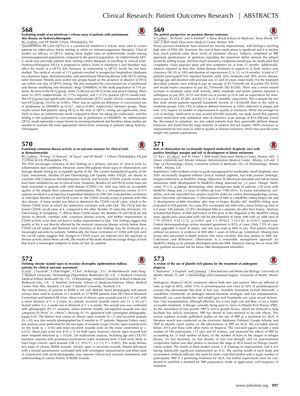
TLDR The conclusion is that differentiating wound types in RDEB patients is important for clinical trials and understanding the disease.
The study focused on classifying chronic wounds in 37 patients with recessive dystrophic epidermolysis bullosa (RDEB) and analyzed 213 wounds. Chronic open wounds averaged 62 ± 55 cm² and lasted 5 ± 4 years, while recurrent wounds averaged 51 ± 44 cm², healed in 4 ± 3 weeks, but re-blistered in 5 ± 6 weeks. The study confirmed that patients could accurately self-report wound sizes, aligning with investigator measurements 92.3% of the time. Chronic open wounds were typically found on the trunk with more infections, whereas recurrent wounds were more common on the lower extremities. Patients with premature termination codon mutations in the COL7A1 gene had a threefold likelihood of having larger chronic open wounds. The findings emphasize the need to differentiate between wound types in RDEB for better clinical trial design and understanding of the disease's progression.
